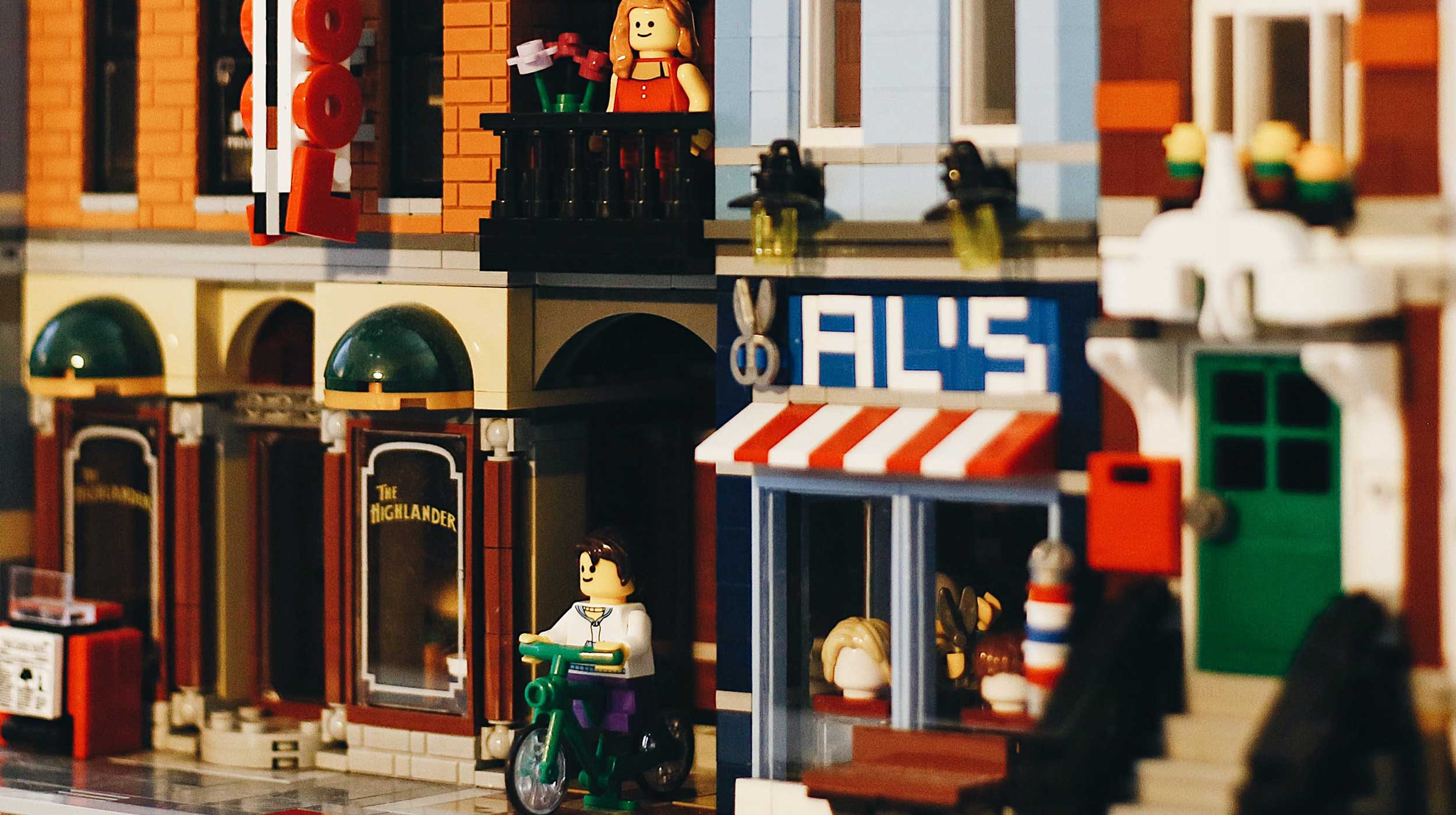A theme park opens rifts in a bucolic upstate New York town
Ah, Lego—enduring icon of happy childhoods, cherished by generations of children on every continent. Perhaps no other brand on earth more eloquently celebrates creativity, curiosity and the sheer joy of building things than those wondrous interlocking blocks.*
“As children shape their own worlds with Lego bricks, we play our part in having a positive impact on the world they live in today and will inherit in the future,” says the Lego Group’s website. Only the most hard-bitten grump could ever find fault with Lego.
But Legoland? That’s another story.
As surely everyone must know, Lego is a quintessentially Danish creation, as deeply ingrained in Denmark’s genetic code as bicycling, pastries and Hans Christian Andersen. Lego was introduced there in 1949 and in time gave rise to movies, magazines, games (video and board), mobile apps, t-shirts, costume jewelry, a business consultancy and, of course, theme parks.
In a world where anything and everything can be and has been turned into a theme park—candy, sex, the Bible, the works of Charles Dickens, Buddhist teachings and life in Stalinist Russia—it was only a matter of time before Lego begat Legoland.
The original Legoland opened in Copenhagen in 1968, naturally, followed by seven more in Europe, Asia, the Middle East and the U.S. But when plans were announced in 2016 to site the newest Legloland in semi-rural Goshen, New York, 60 miles north of Manhattan, many local residents pushed back—hard.
It’s not as if they were taking aim at Santa’s elves or Gepetto’s workshop. The Lego Group wasn’t even their target. Its eponymous theme parks are owned and operated primarily by British-based Merlin Entertainment.
Merlin argued that a 150-acre, $500 million theme park in town would bring jobs, revenue and economic growth to Goshen, but many residents envisioned only a hellish torrent of noise, traffic, environmental harm and infrastructure breakdowns. “Stop Legoland” signs sprouted on front lawns while Legoland boosters, including small business owners and town officials, took sharp issue with the anti-Legolanders. “They’re against everything,” one restaurant owner said. “You have to grow as a community.”
By this past May, when the park opened, the community had been split by rifts that some say may never close. “The park has pitted neighbor against neighbor, spurring accusations and driving people, many in their 70s, to become first-time activists,” the New York Times reported. “Goshen was a really nice town,” lamented one woman. “It’ll never be the way it was.”
Not to belabor the point, Legoland is a separate entity from the Lego Group, whose mission remains unvarying—”to inspire and develop children to think creatively, reason systematically and release their potential to shape their own future—experiencing the endless human possibility.” As Goshen’s battle scars continue to smart, Lego blocks still fly off area toy store shelves and owners are already looking ahead to the holiday rush.
That said, the Battle of Legoland offers a cautionary tale: Even the most durable brands can lose emotional equity when NIMBY issues arise.
*Just don’t step on a stray one in the dark in your bare feet.




